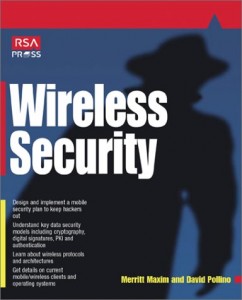Wireless networks which are normally evident in homes right now does provide a lot of comfort as far as Internet options that we see common these days. The same is likewise present in companies, doing away with the standard cable infrastructure and making it easier to clean up your homes without having to worry about tripping on any cable for that matter.
But while such a privilege is another fruit of technology, duty calls as far as limiting network access. Passwords are still the wise investment for securing your wireless network and at the start it does look like a lot of work and a bit complicated. Limiting access by providing a (Media Access Control) MAC address and disabling the SSID broadcast can help in making sure your wireless network cannot be found or detected.
With various technology means today, practically anyone is trying to look for wireless internet. That is how much Internet is being demanded these days. But this includes both sane and malicious people who may want to give problems.
So for people who want to protect their wireless networks, here are some tips you can consider:
Don’t use defaults. It is almost always a good idea to change default usernames and passwords and your wireless router is no exception. One of the first things you should do when setting up your wireless network is to change the default administrator username and password. Additionally, most routers have a default name, or SSID, for your wireless network (i.e. belkin54g). It’s a good idea to change this for several reasons. First, if you don’t change it, it will serve as a hint to intruders that you probably left the defaults in place everywhere. Second, once an intruder knows what model router you’re using, it’s not difficult to find the default username/password and to look for known exploits.
Use encryption. Every good router supports encryption and if you’re not using it, your network’s security is likely to be compromised. If you have newer equipment, use WPA or WPA2 encryption. WEP encryption is less secure. Use MAC address filtering. Every network card, whether it’s wireless or wired, has a unique Media Access Control address (MAC address). A good wireless router will allow you to specify that only certain MAC addresses be allowed to access the wireless network. This can help prevent unauthorized computers from accessing your network. Be sure to read your router’s documentation to find out how to set up MAC address filtering. To find out how to determine the MAC address of your network cards, click here.
Use your firewall. Most good routers have some sort of firewall built in and it should be used in addition to a good software firewall that is installed on the devices accessing your wireless network. Disable SSID broadcast. By default, most routers “broadcast” their existence to the world. This makes it easier for devices to detect their presence and connect automatically. But this broadcast also gives intruders a target. By making your network “invisible” and setting up devices that need to access it to connect manually when in range, you can make your network less of a target to less-savvy intruders.


